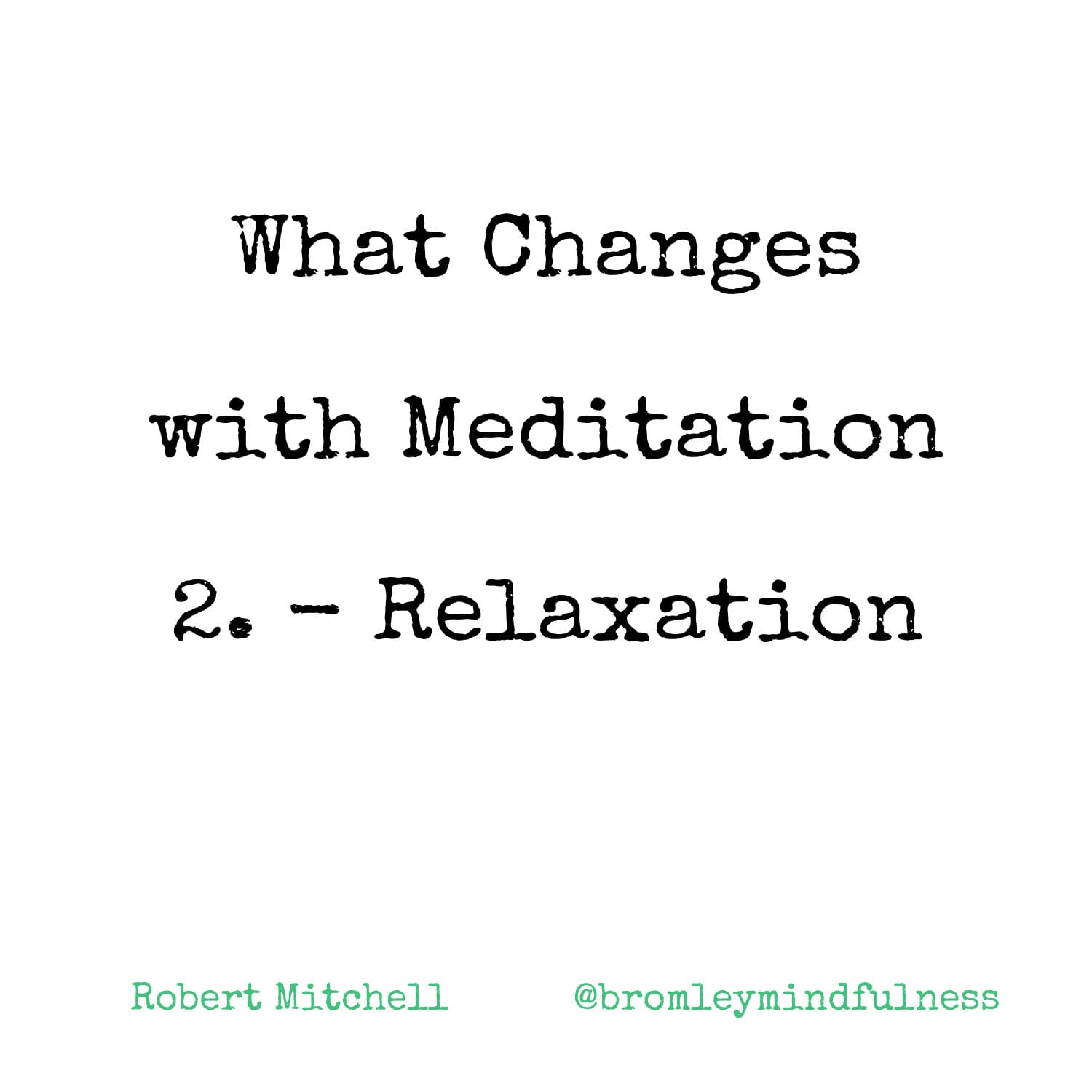Welcome to the weekly insights for Sunday, October 19.
I post a Weekly Insights article each week. Each article is a roundup of the insights that I've posted the previous week across all my social media platforms. Each insight is a micro-learning post that teaches something useful in the domain of mindfulness, meditation, and resilience.
Weekly Insights For This Week
- Hypnagogic Meditation
- What Changes with Meditation: Relaxation
- Live Online Meditation Training Options

Hypnagogic Meditation
The hypnagogic state is the transition between wakefulness and sleep. When we’re tired and sleep-deprived, meditation often brings us into this state.
- Dreaming vs. Hypnagogia: Dreaming feels real; hypnagogia is you, lightly aware, drifting at the edge of sleep.
- Spending 5–20 minutes here can ease tiredness and offset lost sleep.
- If we find our way into hypnagogia, we will drift into sleep, and our heads will drop, which will wake us up.
- The secret to staying in hypnagogia when meditating is to sit up. When your head nods, instead of forcing yourself awake, focus on the feeling of warmth and relaxation, and you will re-enter the hypnagogic state.
Hypnagogic meditation is sometimes called Yoga Nidra, which is the yogic exploration of sleep.

We can learn to relax using: The Science of the Breath
🌬️ In-breath → Activates the sympathetic nervous system (stress response).
😌 Out-breath → Activates the parasympathetic nervous system (relaxation response).
👉 By lengthening the out-breath, we:
1. Spend more time in relaxation → calming signals are sent to the brain.
2. Breathe more efficiently → fully emptying the lungs, refreshing the air, and restoring the O₂/CO₂ balance that keeps the body stable.
✨ A simple change in the way you breathe can shift your physiology and mind to a more focused, calm and relaxed state.
The key meditation practice to use to harness this natural phenomenon is called Pranayama. It's the foundation of many breathing practices that have become so popular. And it's a central part of what I teach at Bromley Mindfulness and on The Meditation Course.
Live Online Meditation Training Options
The thing that's different about my training is that it's continuous.
When I look on the internet for meditation courses, I see how a teacher might have one course that consists of a handful of classes. Almost invariably, they're recorded, and support might consist of a weekly online meditation. I run online training throughout the year, four times a week. I've taught about 5,000 classes over 12 years, and no two classes are ever the same.
My online 5-week mindfulness and meditation course runs several times a year and is a great introduction to mindfulness, meditation, and resilience. The next 5-week course begins in January.
For many people in the modern world, it's difficult to find the time to meditate. It's difficult to fit meditation in with your busy lives, especially when stress or adversity wipes out your time. A paid subscription on this site gives you access to four classes each week throughout almost the entire year. You then have a constant, continuous resource that you can dip into to boost your practices, to learn, and to build, grow, and maintain your practice.
The Meditation Course gives you a free month. You can cancel at any point. Every email that you get has a link to your billing portal, where you can cancel. There's zero commitment. Contact me if you have any questions.

